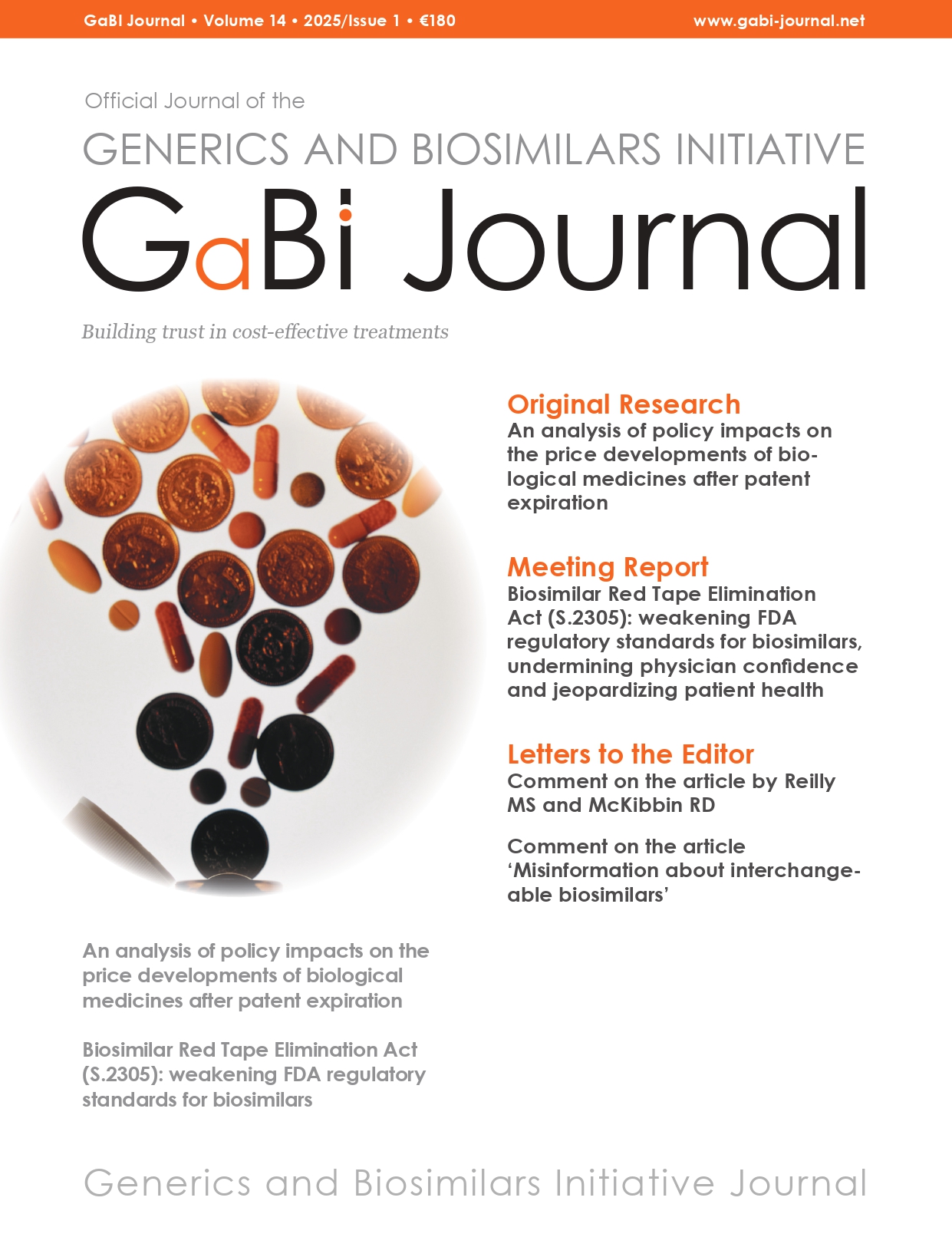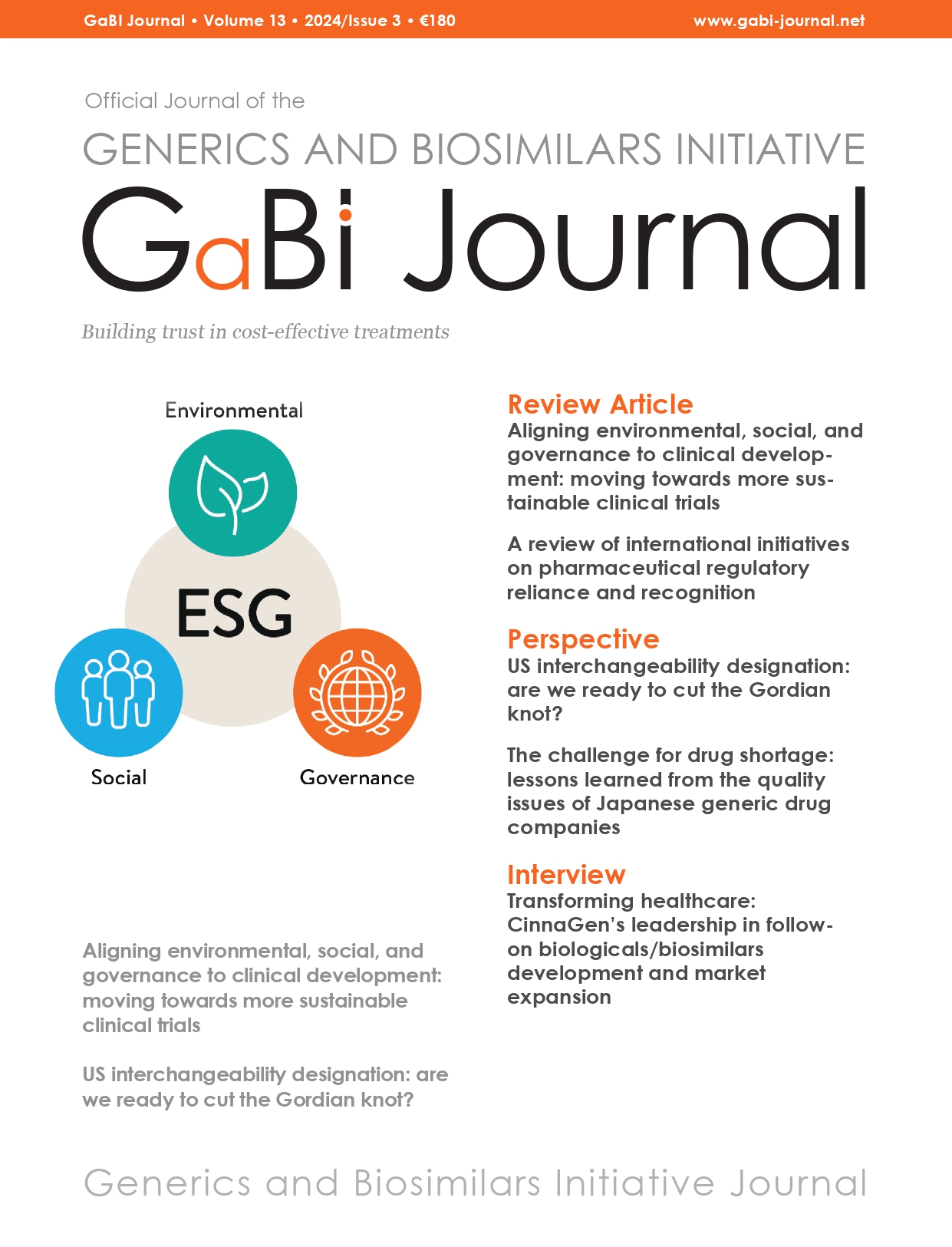Biosimilars in Germany: guidance of the Drug Commission of the German Medical Association
Abstract: Biosimilars have been available in Europe for more than 10 years, but their adoption in Germany has not been very successful. As their pharmaceutical quality, efficacy (particularly in extrapolated indications), safety (especially immunogenicity) and interchangeability with reference products have been controversially discussed by healthcare professionals, the Drug Commission of the German Medical Association developed […]


